Back to blog
What is Pinning?
Understanding the InterPlanetary File System (IPFS) can feel like learning a new language. Among the key concepts to grasp in this realm is "pinning." Today, we'll delve into the intricate dynamics of pinning, how it works, and why it's pivotal to the seamless functionality of IPFS.
What is IPFS?
Before we tackle pinning, it's crucial to set the stage by comprehending IPFS. IPFS is a protocol and network designed to create a content-addressable, peer-to-peer method of storing and sharing data in a distributed file system. In simpler terms, IPFS is like a global, distributed hard drive, where data is not located at one centralized point but spread across a network of nodes globally.
Understanding Pinning
Now, let's get into pinning. In the world of IPFS, pinning is the process of specifically ensuring that certain data is always retrievable on the network, regardless of the number of requests or the passage of time. When a file is "pinned," it is stored on at least one IPFS node, ensuring that the file is not discarded from the system's cache during the periodic garbage collection process on other IPFS nodes.
Why is Pinning Important?
IPFS's distributed nature means that data isn't stored in a central location; instead, it's spread across a network of nodes. In such a setup, the longevity of data isn't guaranteed. Files that aren't frequently accessed or don't have an active node to host them on may disappear over time.
This is where pinning plays a critical role. By pinning a file, you are guaranteeing that content will remain available to the IPFS network for as long as it remains pinned. It's like placing a bookmark in a library book you want to revisit. Regardless of how many other books get checked out, your bookmarked book remains on the shelf for future retrieval.
The Pinning Process
When you upload data to IPFS, it's divided into several smaller blocks, each with a unique cryptographic hash. These blocks are stored on the IPFS node the content was uploaded to and if the content is "pinned" after adding, the node maintains an active reference to these blocks, ensuring that they're not purged during routine cleanup.
Local Pinning and IPFS Pinning Services
Pinning can be done locally or remotely. Local pinning is done on the user's node, marking the data directly for preservation. It's easy and effective but also limited by the user's resources, like storage space, bandwidth, and power.
IPFS pinning services, on the other hand, involve a third-party service that provides dedicated resources to keep your data pinned and available. IPFS pinning services usually offer various plans, allowing you to pin a larger amount of data than you might be able to with your own resources.
Pinning's Role in Data Persistence
Data persistence is a core aspect of any file system. It's about ensuring that data remains available over time. Pinning in IPFS underlines this concept in a distributed network where data is not static and might be removed if not explicitly preserved.
Data persistence is a core aspect of any file system. It's about ensuring that data remains available over time. Pinning in IPFS underlines this concept by providing an essential mechanism to keep data available on a distributed network where data is not static and might be removed if not explicitly preserved
Conclusion
Pinning is an integral part of managing data within IPFS. Its fundamental role in preserving data integrity and ensuring data availability is what keeps the decentralized web reliable and functional.
As the IPFS ecosystem evolves, so will the methods and technologies behind pinning, helping us manage our data more efficiently and securely in a distributed world.

